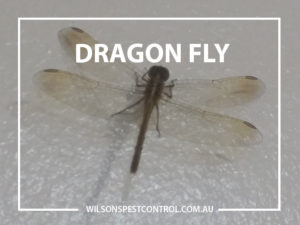Below is am picture of a Dragonfly that I found in the carpark of our local shopping centre the security manager helped place it in the garden so that is went on to live a happy life.



Dragonfly
Dragonflies are most likely hovering right below butterflies as one of the most beautiful and well-liked insects. They don’t try to drain your blood like mosquitos, creep into your house and frighten you in random places like spider or cockroaches, and don’t swarm and sting like bees or wasps. Picture it. A hazy morning, sun beginning to burn off any remaining dew, a slight breeze stirring trees and plants as if telling them to quit sleeping in, and flying over the ground like tiny jewelled helicopters, the dragonflies flit and sweep about.
Here are a few fun facts about dragonflies from an online article by the Smithsonian. The average wingspan is 2 to 5 inches, and all 5,000 known species belong to the same order, Odonata, which means “toothed one” in Greek. This is a reference to their serrated teeth. Dragonflies catch their prey in midair, by using their feet. If they can’t fly, they will starve to death because they only eat while flying. And speaking of flying, dragonflies are expert fliers, able to move up and down, back and forth in any direction they choose, as stated eating on the fly, and also mating in midair. Their flight is so amazing, it is inspiring engineers who study them in hopes of someday creating robots with the same flight abilities.



Dragonfly
The life cycle of the dragonfly is also unique. According to the Smithsonian, they go through an aquatic larval stage in which they live in water, and eat anything they can, including other larvae. At the end of this time, which can last up to 2 years, the larva crawls out of the water, splits the exoskeleton to let its abdomen out from where it was tightly packed, and then the 4 wings come out. The dragonfly is then vulnerable until it hardens, a process that can take a few hours, or days depending on the species.
In addition to their incredible beauty, fascinating life cycle, and flight that entrances and inspires, dragonflies also serve another unique purpose.
Did you know that dragonflies can provide valuable information about the health of an ecosystem? Dragonflies have varying tolerance levels for pollution and changes to their habitats. Scientists can use their presence, absence, and population numbers to indicate a specific problem within an ecosystem, such as pesticides or sediments that may infiltrate rivers, streams, and other wetlands.
So what is a post about a dragonfly doing on a pest control blog, you may ask? First, it is good to celebrate the insects that aren’t a nuisance, and second, as a business we are always looking to provide our customers with knowledge that can help them care for the environment, as well as offering solutions by working with nature. We all benefit from this knowledge, whether the one learning is a school class on a science field trip to learn about dragonflies, a pest control technician who is balancing between keeping pests in control but not adversely affecting the ecosystem, or someone who just appreciates learning no matter his or her age. The benefits of learning hands-on further creates an appreciation for the world around us.
Featherdale Wildlife Park is a local attraction and they have many dragonflies which tell you that they provide a good healthy ecosystem for the insects and wildlife that live there.
Source: https://www.smithsonianmag.com/science-nature/14-fun-facts-about-dragonflies-96882693/
Zielinski, S. (2011, October 05). 14 Fun Facts About Dragonflies. Retrieved October 29, 2017, from https://www.smithsonianmag.com/science-nature/14-fun-facts-about-dragonflies-96882693/
Feel free to give Wilson’s Pest Control Blacktown call on 02 9679 8398 if you have any questions for would like advice on any matters relating to Pest Control. We also provide pest control services in Castle Hill area.




